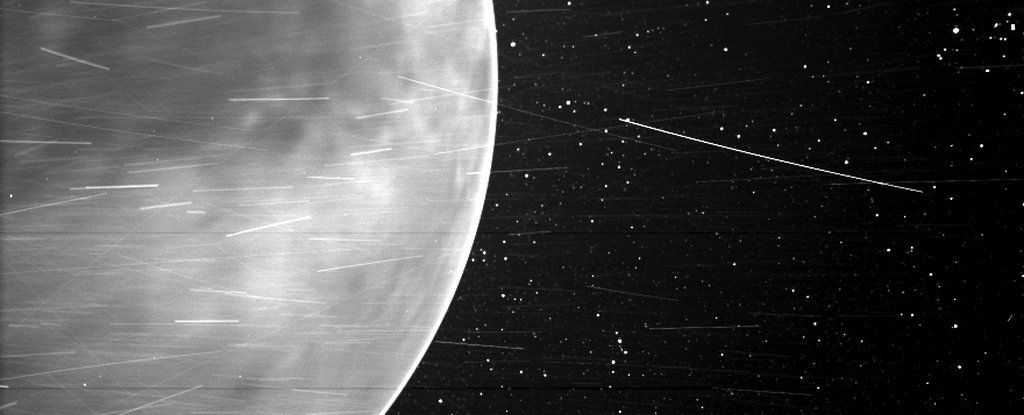During a close flyby of the planet Venus in July 2020, NASA's Parker Solar Probe detected something odd.
This was the first time an instrument had been able to record direct in situ measurements of Venus' upper atmosphere in nearly three decades, and the data recorded gives us a new understanding of how Venus changes in response to cyclic changes in the Sun.
For these reasons, Venus hasn't been a popular target for dedicated missions in some time (Japan's Akatsuki orbiter being the recent exception), and a lot of our recent data has come piecemeal, from instruments with other primary objectives, like the Parker Solar Probe.
As Parker conducts its mission to study the Sun in close detail, it's been using Venus for gravity assist maneuvers - slingshotting around the planet to alter velocity and trajectory.
Measurements of Venus from Earth suggested that Venus' ionosphere was changing in sync with the solar cycles, growing thicker at solar maximum and thinner at solar minimum?
The 1992 measurement was taken at a time close to solar maximum; the 2020 measurement close to solar minimum.
The first is that the upper boundary of the ionosphere could be compressed to a lower altitude during solar minimum, which prevents atoms ionized on the day side from flowing to the night side, resulting in a thinner night side ionosphere.
The second is that the ionosphere leaks into space at a faster rate during solar minimum.
